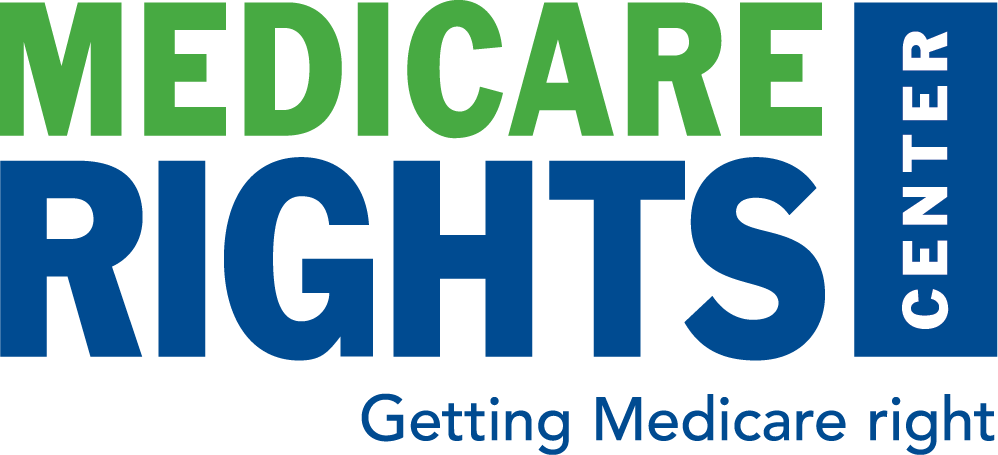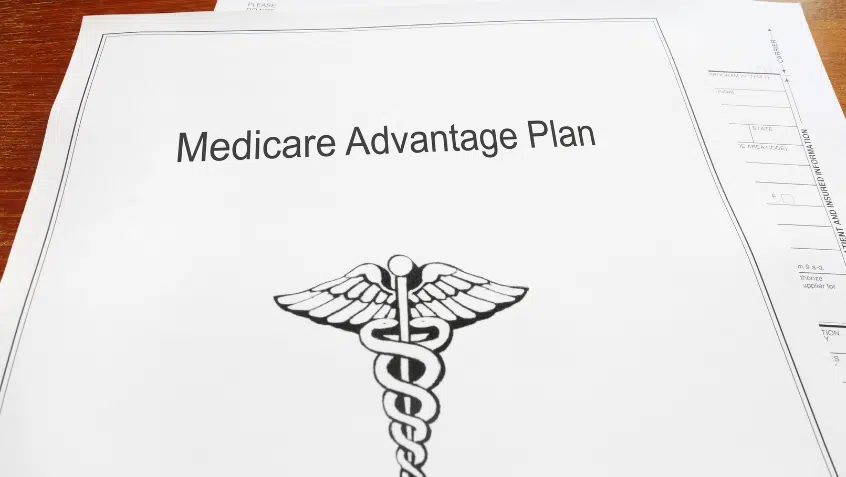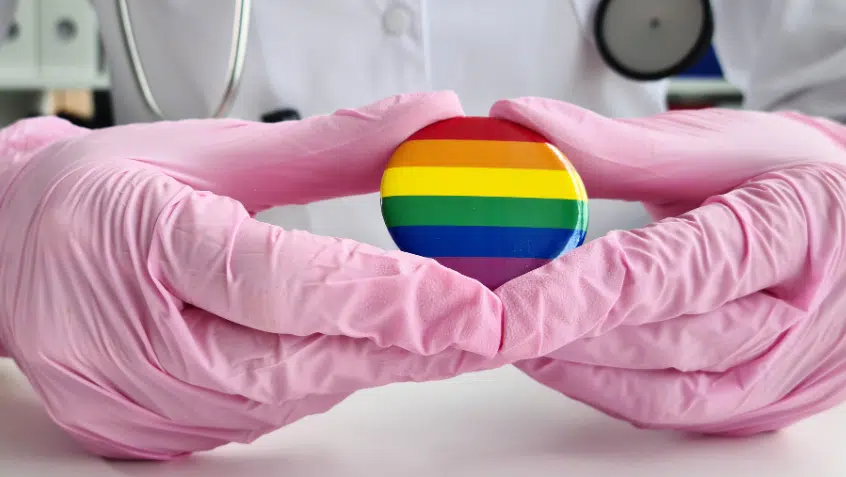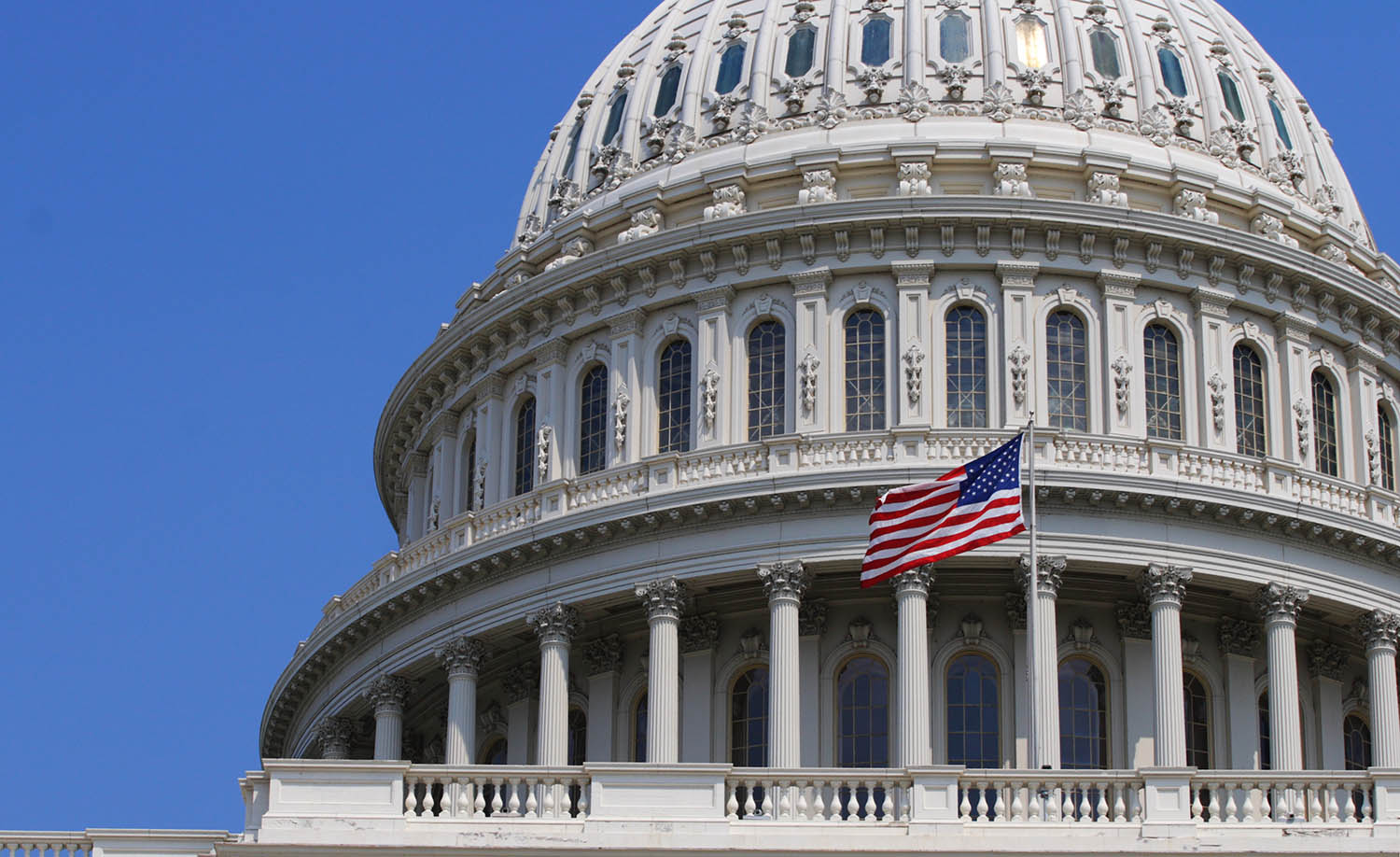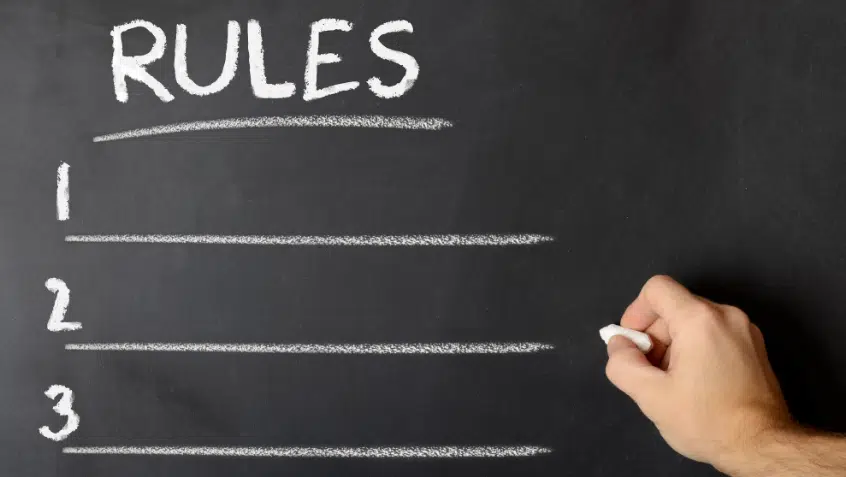As Health and Financial Challenges Grow, More Older Adults File for Bankruptcy
- By Lindsey Copeland
- August 9, 2018
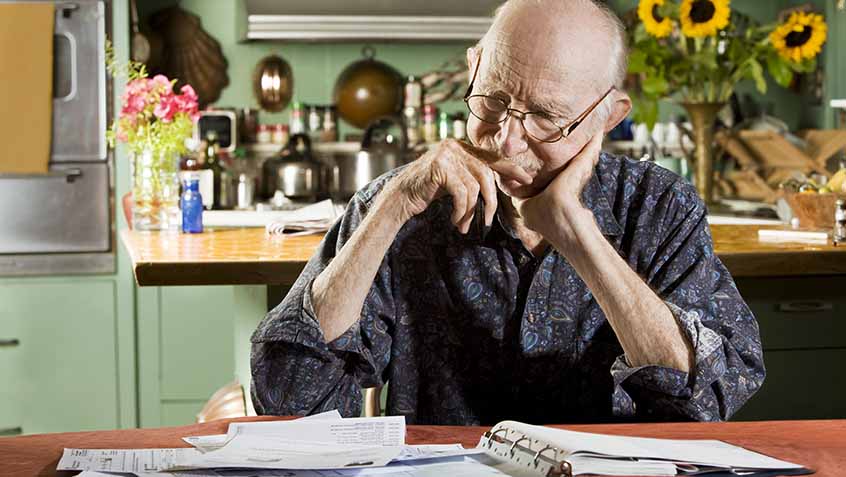
According to a recent study featured in the New York Times, bankruptcy among older Americans is on the rise. The rate of people age 65 and older filing for bankruptcy is three times what it was in 1991, and this group now accounts for 12% of all filers, a far greater share than in 1991 (2%).
Driving the surge, the study suggests, is a three-decade shift of financial risk from government and employers to individuals. This pattern—which includes people waiting longer for full Social Security benefits, employers replacing pensions with defined contribution savings plans, and soaring out-of-pocket health care costs—has transferred many of the health and economic challenges associated with aging onto older adults.
The study’s findings shed light on the precarious financial situation facing many older adults. Half of all people with Medicare have annual incomes below $26,200 and one quarter have incomes below $15,250. People of color live on even less. The median income for black beneficiaries is $17,350 per year and just $13,650 for Hispanic beneficiaries. In addition, most people with Medicare have little to no savings. In 2016, 50% of all people with Medicare had $74,450 or less in savings, one in four had less than $14,550 in savings, and 8% had no savings or were living with debt.
That doesn’t provide much of a financial cushion for unexpected expenses or costly health needs. While Medicare helps most older adults pay for health care, gaps in the program’s coverage, high premiums, and cost-sharing requirements mean people with Medicare can face significant health-related out-of-pocket costs. Combined with the relatively low incomes among the Medicare population, these expenses can result in beneficiaries devoting a substantial share of their income to health care costs.
In 2016, health expenses accounted for 14% of Medicare household spending, on average—more than double that of non-Medicare households (6%). While stark, this figure understates their actual spending burden, as it does not include beneficiary spending on nursing homes or other long-term care facilities, which is a significant share of out-of-pocket costs.
Most people with Medicare simply cannot afford to pay more for health care. In 2013, the average Medicare beneficiary’s out-of-pocket spending on health care consumed 41% of the average Social Security check, and that figure is likely to rise.
While the factors contributing to the growing number of bankruptcy filings among older adults are numerous and complex, it is clear that high and rising health care costs play a significant role. To combat these troubling trends, the Medicare Rights Center will continue to work to strengthen the Medicare program in ways that will improve the health and economic security of older adults, including by identifying and advancing practical policy solutions that help people with Medicare better access and afford coverage. Out-of-pocket caps, reduced drug costs, and dental, vision, and hearing benefits, coupled with elimination of enrollment coverage gaps would help the Medicare program protect the economic security of its beneficiaries.
The Latest
Most Read
Add Medicare to Your Inbox
Sign up to receive Medicare news, policy developments, and other useful updates from the Medicare Rights.
